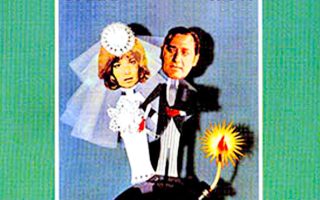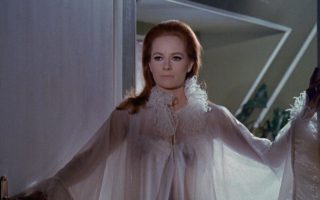kwmedley.com – “The Shining” is a seminal work in the horror genre, both as a novel by Stephen King and as a film directed by Stanley Kubrick. Released in 1977 and 1980 respectively, both versions have left an indelible mark on popular culture, captivating audiences with their psychological depth and chilling narratives. This article delves into the themes, characters, and legacy of “The Shining” as both a literary and cinematic masterpiece.
The Novel: Stephen King’s Psychological Horror
Stephen King’s “The Shining” tells the story of Jack Torrance, an aspiring writer and recovering alcoholic who takes a job as the winter caretaker of the Overlook Hotel. Accompanied by his wife Wendy and son Danny, who possesses psychic abilities known as “the shining,” Jack slowly succumbs to the malevolent forces that inhabit the hotel. The novel explores themes of isolation, family dynamics, and the devastating effects of addiction.
King’s writing masterfully builds tension and suspense, using the hotel’s haunting presence to symbolize Jack’s internal struggles. The Overlook becomes a character in its own right, with its history of violence and tragedy amplifying Jack’s descent into madness.
The Film: Stanley Kubrick’s Vision
Stanley Kubrick’s adaptation of “The Shining” takes a different approach, focusing more on atmospheric horror and visual storytelling. Jack Nicholson’s iconic portrayal of Jack Torrance captures the character’s gradual unraveling, while Shelley Duvall’s Wendy embodies vulnerability and resilience. Kubrick employs a distinctive use of cinematography, including the use of the Steadicam, to create a sense of unease and foreboding.
The film diverges from the novel in several key aspects, emphasizing ambiguity and psychological horror over the supernatural elements more prominent in King’s narrative. Kubrick’s interpretation has sparked debates among fans and critics, particularly regarding its deviations from the source material.
Themes and Analysis
Both the novel and film explore themes of madness, isolation, and the supernatural. The Overlook Hotel serves as a microcosm for these themes, with its remote location intensifying the Torrance family’s psychological struggles. The concept of “the shining” adds a layer of complexity, highlighting the power of perception and the unseen forces that influence human behavior.
The story also examines the impact of alcoholism and domestic violence, with Jack’s character embodying the destructive potential of these issues. The tension between Jack and Wendy reflects the breakdown of communication and trust within a strained marriage.
Legacy and Cultural Impact
“The Shining” has cemented its place in horror history, inspiring countless adaptations, references, and analyses. King’s novel remains a staple in the horror literature canon, while Kubrick’s film is often cited as one of the greatest horror movies of all time. The film’s iconic imagery, from the eerie twin girls to the blood-filled elevator, continues to influence filmmakers and haunt audiences.
The story’s enduring appeal lies in its exploration of universal fears and its ability to unsettle audiences through psychological and supernatural elements. “The Shining” challenges viewers and readers to confront the darkness within, making it a timeless work that continues to captivate and terrify.
Conclusion
“The Shining” is more than just a horror story; it is a profound exploration of human nature, fear, and the unknown. Whether through Stephen King’s gripping prose or Stanley Kubrick’s visionary filmmaking, “The Shining” remains a powerful example of storytelling that transcends its genre, leaving a lasting impact on literature and cinema.




